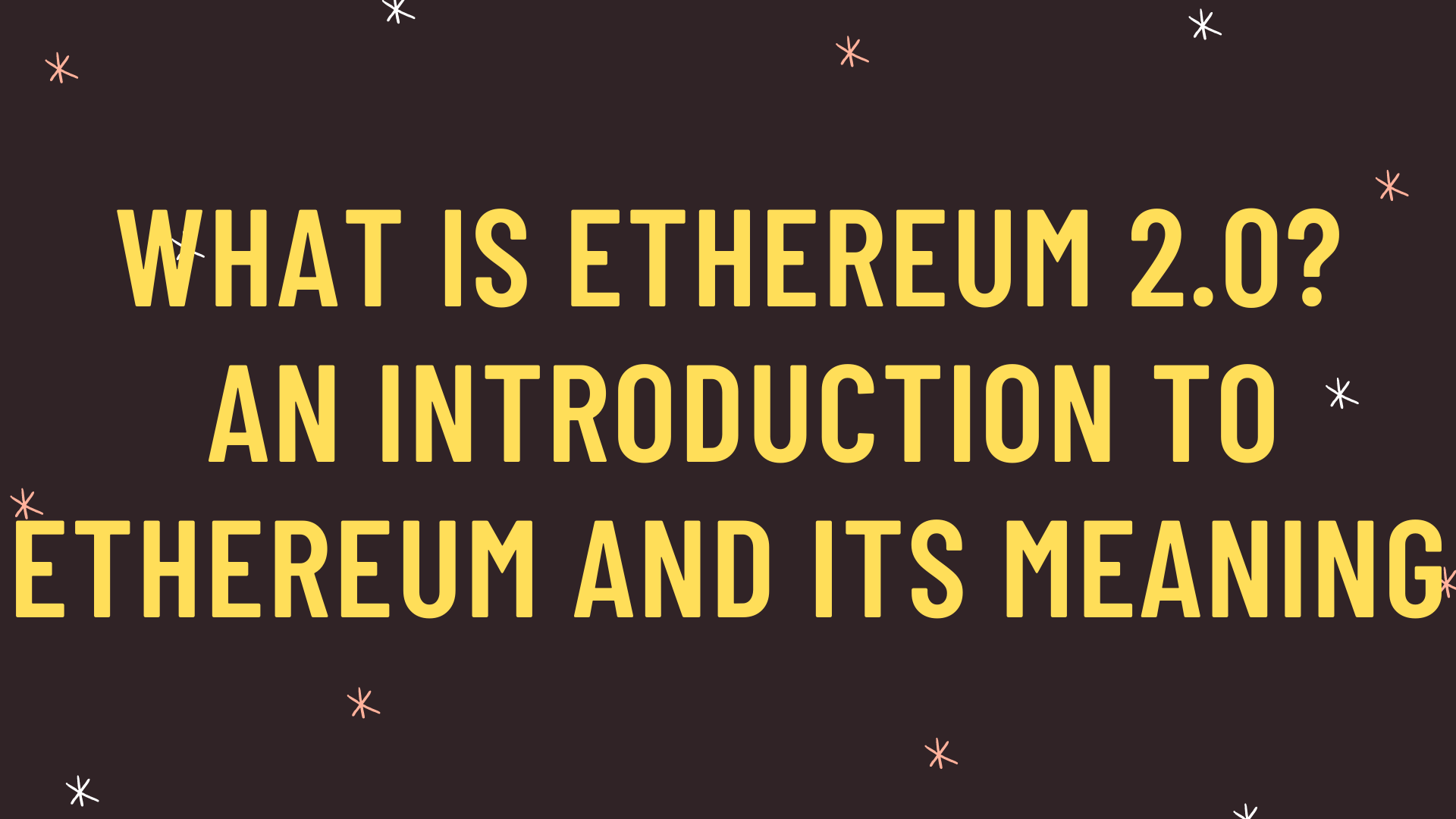Ethereum (ETH) is one of the most popular virtual currencies.
It is the second most popular virtual currency after Bitcoin. I’m sure that many of you have heard of it.
Ethereum has a function called smart contracts, and these smart contracts are used in many applications, and are expected to be used in many more fields in the future.
On the othOn the other hand however, one issue is it’s limited processing power.
Ethereum 2.0 is an update to solve this problem.
Let’s take a closer look at the virtual currency Ethereum and its update, Ethereum 2.0.
What kind of virtual currency is Ethereum anyway?
Ethereum is a virtual currency that was first issued in July 2014 and was developed by Vitalik Buterin.
Ethereum is the second most famous virtual currency after Bitcoin, and as of July 2021, it has the second largest market capitalization after Bitcoin.
The most important feature of Ethereum is its smart contract feature.
With the smart contract feature, you can put any contract on the blockchain.
For example, Ethereum is used in a betting platform called Augur.
In Augur, anyone can create a wager, and anyone can participate in the wager.
This is managed by the blockchain, which keeps a history of all the wagers and the flow of money, so there is no need for a centralized manager (fielder), and it is impossible to cheat.
Furthermore, the money is automatically transferred to the person who wins the wager.
Ethereum is also being used for real estate investment services and in the field of non-fungible tokens (NFT), which has recently become a hot topic.
Ethereum’s challenges and evolutionary points in 2.0
Ethereum is having trouble keeping up with transaction processing, and this leads to problems such as “slow processing speed” and “high fees”.
In addition, since PoW algorithms are used, the power consumption is huge.
In In order to solve this problem, the follow points will be implemented in version 2.0.
Change in consensus algorithm (from PoW to PoS)
Up until now, Ethereum has used a consensus algorithm called PoW (Proof of Work), similar to Bitcoin.
However, this method requires a huge amount of computation, which in turn requires a huge amount of power.
The algorithm to solve this problem is PoS (Proof of Stake).
In PoS, instead of mining, the right to approval is randomly given to the person with the largest amount of coins.
Since mining is no longer necessary, processing speed is faster and power consumption is reduced.
Sharding
Simply put, sharding is the process of dividing a blockchain into multiple chains.
The divided chain is called a shard chain.
By sharding, the verification process of transactions can be divided, and the processing speed of transactions can be improved.
In summary, upgrading to Ethereum 2.0 will solve the transaction processing problem.
Also, as I mentioned earlier, Ethereum 2.0 will eliminate mining itself, as the consensus algorithm will become the PoS.
It seems that Ethereum will fully transition to PoS between 2021 and 2022.
It is important to keep up with the latest developments in this area.
Summary
I have explained the evolutionary points of Ethereum 2.0 above.
One thing in particular that I’m curious about is when the mining of Ethereum will stop as the consensus algorithm shifts from PoW to PoS.
We will keep an eye on the future of Ethereum 2.0.
Please refer to the article on how to mine bitcoin easily below.




コメント